Renewable Energy Made Easy: DIY Vertical Axis Wind Turbine
Looking to harness the power of wind to generate energy for your home? A vertical axis wind turbine might be just what you need. With its unique design and ability to capture wind from any direction, this type of turbine is gaining popularity among homeowners.
In fact, studies show that vertical axis wind turbines can generate up to 30% more energy compared to their horizontal counterparts. In this article, we will explore how these turbines work, the cost considerations, and even guide you on building your own DIY vertical axis wind turbine.
Get ready to join the renewable energy movement!
Key Takeaways
- Vertical axis wind turbines (VAWTs) have blades that rotate around a vertical axis.
- VAWTs can capture wind from any direction, making them more efficient in areas with turbulent winds.
- VAWTs have a smaller footprint, making them suitable for urban environments or areas with limited space.
- Studies show that VAWTs can generate up to 30% more energy compared to horizontal axis wind turbines.
Exploring Vertical Axis Wind Turbines
If you’re interested in renewable energy, you might be wondering how vertical axis wind turbines work and what makes them different from traditional horizontal axis wind turbines.
Vertical axis wind turbines (VAWTs) are unique in their design and functionality. Unlike horizontal axis wind turbines (HAWTs), which have blades that rotate around a horizontal axis, VAWTs have blades that rotate around a vertical axis.
This design allows VAWTs to capture wind from any direction, making them more efficient in areas with turbulent winds or changing wind directions. The rotation of the blades generates mechanical energy, which is then converted into electrical energy through a generator.
Additionally, VAWTs have a smaller footprint, making them suitable for urban environments or areas with limited space.
Exploring vertical axis wind turbines can provide a deeper understanding of their working principles and their potential in harnessing renewable energy.
Vertical Axis Wind Turbines for Homes
Consider installing a vertical axis wind turbine for your home to take advantage of renewable energy and potentially save on your electricity bills. Vertical axis wind turbines are a great option for residential purposes due to their unique design and functionality. Here are some key points to consider:
Suitable for various types of homes:
- They are compact and can be installed in urban areas where space is limited.
- They are less affected by turbulent wind conditions compared to horizontal axis wind turbines, making them suitable for areas with inconsistent wind patterns.
Benefits of vertical axis wind turbines for homes:
- They generate electricity from wind energy, reducing your reliance on the power grid.
- They are environmentally friendly, producing clean and renewable energy.
- They can potentially save you money on your electricity bills in the long run.
When considering installing a vertical axis wind turbine for your home, it is important to factor in the cost. The price of a vertical axis wind turbine for home use varies depending on factors such as size, power output, and additional features. On average, the cost can range from $3,000 to $10,000, including installation.
It is advisable to consult with professionals and conduct thorough research to determine the most suitable and cost-effective option for your home.
How Vertical Axis Wind Turbines Work
Vertical axis wind turbines work by harnessing the power of wind to rotate their blades, which in turn generates electricity. Unlike traditional horizontal axis wind turbines, which have their blades mounted on top of a tall tower, vertical axis wind turbines have their blades mounted vertically, allowing them to capture wind from any direction. This design makes them more efficient in areas with turbulent winds, such as urban environments.
There are several types of vertical axis wind turbines, including the Darrieus turbine, the Savonius turbine, and the helical turbine. The Darrieus turbine features curved blades that resemble a giant eggbeater and is known for its high efficiency at low wind speeds.
The Savonius turbine, on the other hand, has a simple design with two or three vertical half-cylinders that catch the wind and transfer the energy to the generator. Lastly, the helical turbine has twisted blades that resemble a DNA helix, allowing it to generate power even in low wind conditions.
| Type of VAWT | Description |
|---|---|
| Darrieus Turbine | Curved blades resembling an eggbeater; high efficiency at low wind speeds |
| Savonius Turbine | Simple design with vertical half-cylinders; effective at catching wind from any direction |
| Helical Turbine | Twisted blades resembling a DNA helix; generates power in low wind conditions |
Understanding how vertical axis wind turbines work and the different types available can help you make an informed decision when considering renewable energy options for your home or business.
Cost Considerations
The upfront investment for vertical axis wind turbines can be significant, but the potential long-term savings make them a cost-effective renewable energy option. When considering the cost of vertical axis wind turbines, there are several factors to take into account:
- Size and capacity: Larger turbines generally have higher upfront costs, but they also generate more electricity, leading to greater long-term savings. The most efficient vertical axis wind turbine models are often more expensive initially, but they can provide better energy production and savings in the long run. Investing in better vertical axis wind turbines can also result in reduced maintenance and repair costs over time.
- Installation and site preparation: The cost of installing a vertical axis wind turbine includes the foundation, tower, and electrical connections. Factors such as site accessibility and terrain can affect these costs.
Considering these factors and exploring available pricing options and financial incentives can help you make an informed decision about investing in vertical axis wind turbines.
Building a Vertical Axis Wind Turbine
Building a VAWT requires specific materials and tools, such as PVC pipes, sheet metal, and a drill. The first step is to construct the turbine blades using PVC pipes. Cut the pipes into desired lengths and shape them into airfoil profiles. Next, attach the blades to a central shaft using brackets. Ensure that the blades are evenly spaced for optimal efficiency.
Then, create the turbine body using sheet metal. Cut and shape the metal to form the desired shape, such as a cylindrical or helical design. Attach the body to a sturdy base for stability. Finally, connect the turbine to a generator using a belt or gears, and mount it on a suitable structure for wind capture.
Product Specs:
- Blade materials: PVC pipes
- Body materials: Sheet metal
- Turbine types: Vertical axis
- Power output: Varies depending on size and wind conditions
Pros:
- Can harness wind from any direction
- Suitable for urban environments
- Lower maintenance compared to horizontal axis turbines
Cons:
- Lower efficiency compared to horizontal axis turbines
- Limited power output
- Noise and vibration issues
DIY Vertical Axis Wind Turbine
Constructing a DIY vertical axis wind turbine (VAWT) requires specific materials, tools, and knowledge of aerodynamics. To build a VAWT, follow these steps:
Materials:
- Aluminum or PVC pipes for the main structure
- Wooden blades or lightweight plastic for the rotor
- Bearings for smooth rotation
- Generator to convert wind energy into electrical energy
Tools:
- Drill and screws for assembling the structure
- Saw for cutting the blades
- Measuring tape for accurate dimensions
- Sandpaper for smoothing the edges
Building a VAWT involves understanding the principles of aerodynamics and the unique design of a savonius vertical axis wind turbine. It is important to consider wind direction, blade shape, and rotor size to maximize efficiency. Additionally, safety precautions should be taken, such as securing the structure firmly and avoiding overhead power lines.
Conclusion
Congratulations on reaching the end of this enlightening journey into the world of vertical axis wind turbines! You’ve delved into the inner workings of these marvels, uncovering the secrets behind their efficiency and sustainability.
Armed with this newfound knowledge, you can now confidently consider harnessing the power of wind for your own home. So why not take the plunge and embark on the adventure of building your very own DIY vertical axis wind turbine?
With determination and a touch of ingenuity, you’ll be well on your way to embracing a greener future.
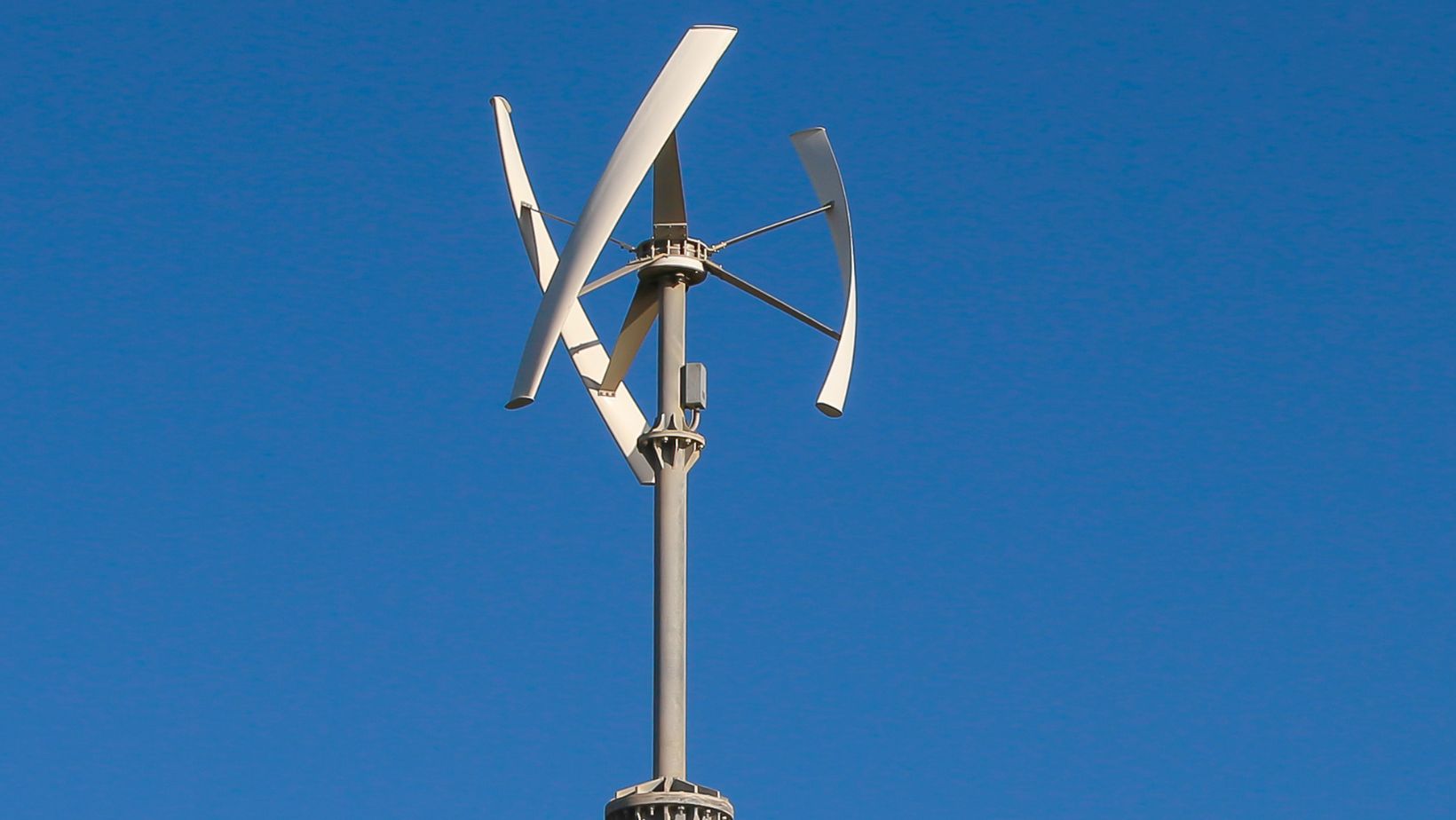
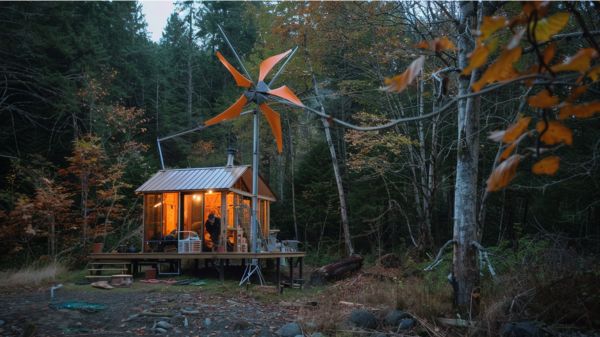
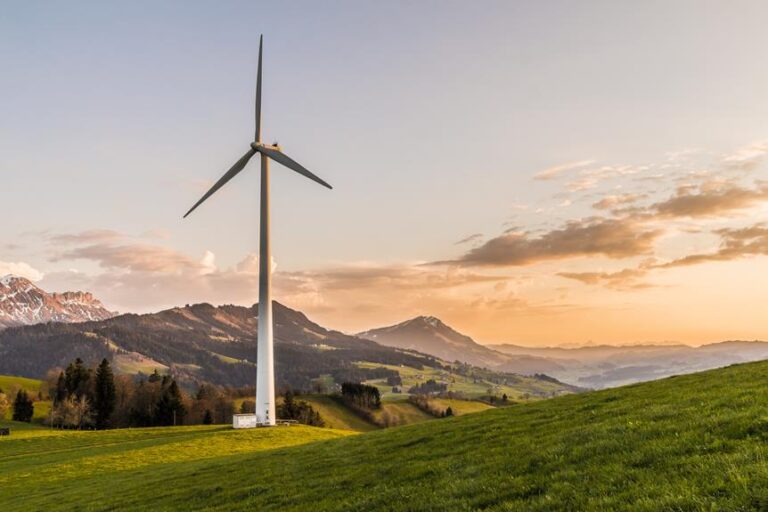

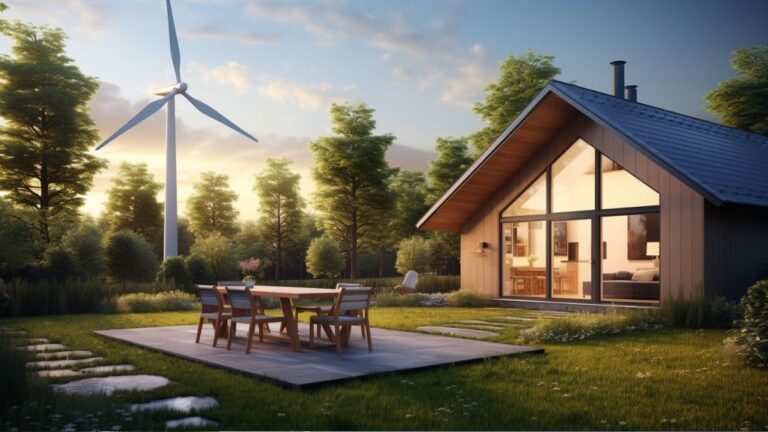
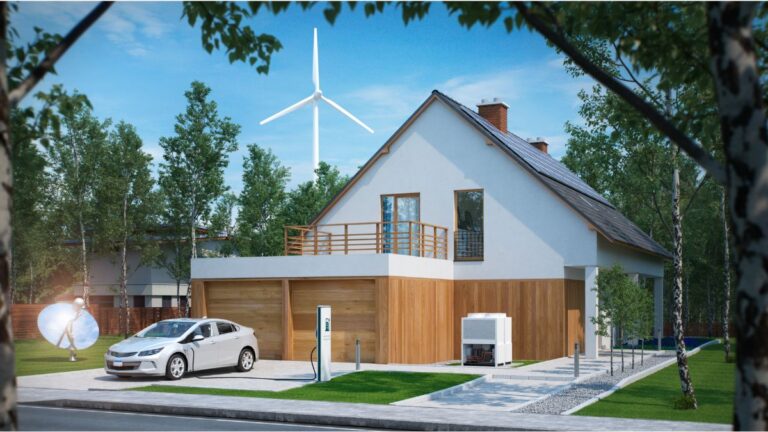
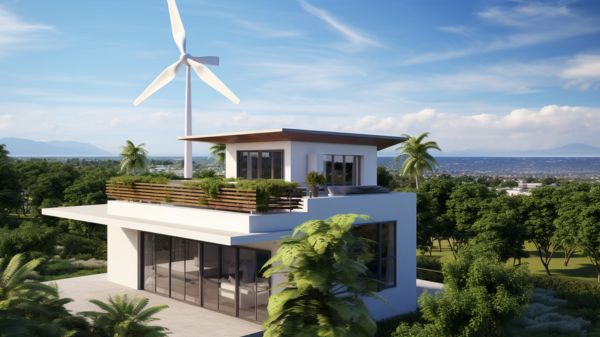
One Comment
Comments are closed.